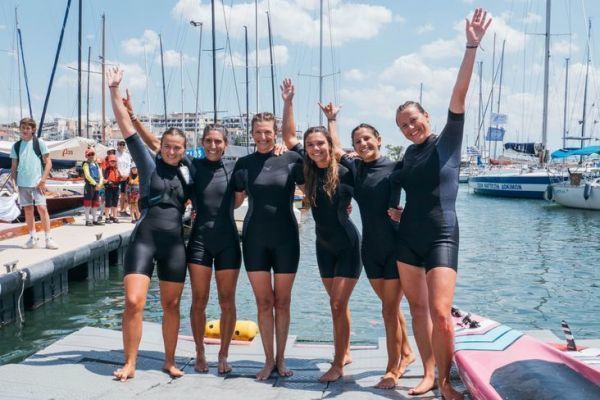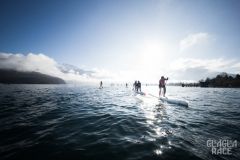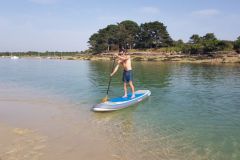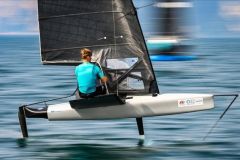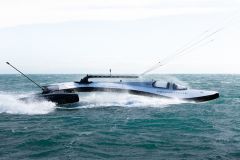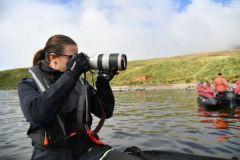A world first
A team of 6 women will embark on the sporting challenge of crossing the Pacific Ocean in a Prone Paddle. High level sportswomen and specialists in sea rescue, they have prepared themselves for several months to be ready. They will row in shifts of 1 hour, day and night for 3 months.
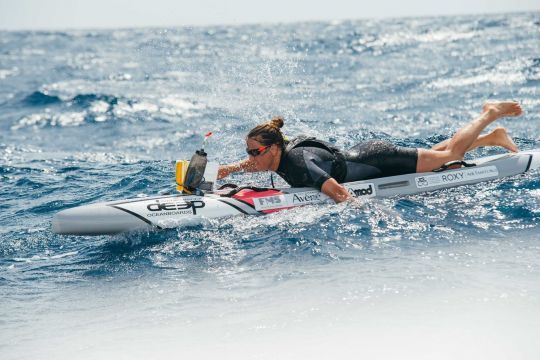
Originally, the prone paddle is a board dedicated to coastal rescue. It is designed to paddle and move using the arms, in a flat or kneeling position.
The elite of sea rescue
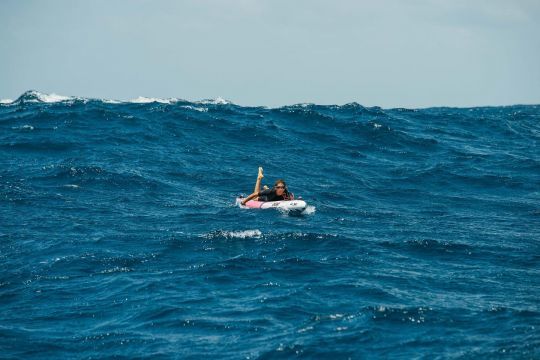
For such a challenge, a strong team was needed. The six rowers are all professionals of the discipline, and have an incredible track record in rowing and sea rescue competitions.
Emmanuelle Bescheron, one of the rowers explains: "We all have in common the sport-passion and we each have an experience turned towards the ocean"
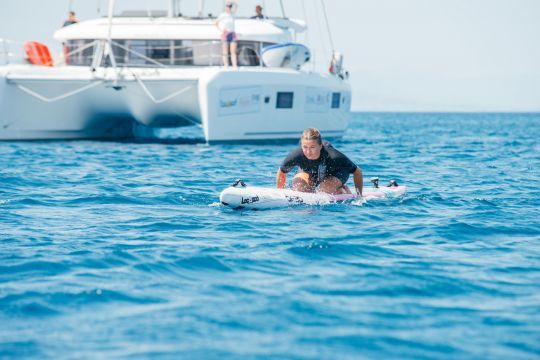
A crossing between Monaco and Athens, 1100 miles, served as a trial run to validate the process and equipment. Two of them also crossed the North Atlantic in paddle in 2009.
But it will take a mind of steel to keep up for more than 90 days, they explain: "Indeed, the mental plays a lot. But we each have our own ritual for taking it easy during rest shifts: stretching, yoga. The repetitive motion inherent in rowing can lead to tendonitis-type injuries."
Supporting the cause of sick children
This extraordinary sporting challenge aims to promote the Cap Optimist association, which helps vulnerable children fighting cancer, as Emmanuelle explains:
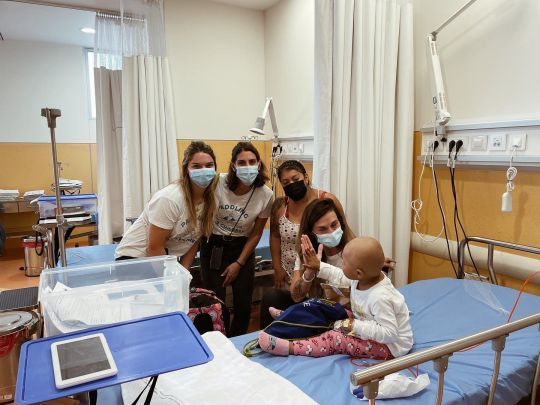
"The funds raised will allow the design and development of Sport & Mental actions with children in France but also in partner countries of the crossing. The Association is also developing a prevention program "A challenge in my school" in schools, primary schools in the short term, in order to raise awareness among children, from a very young age, to take care of themselves through sport, mental, nutrition, to practice regularly a physical and sports activity and to believe in themselves and in their dream."
A 60-foot catamaran to watch over them
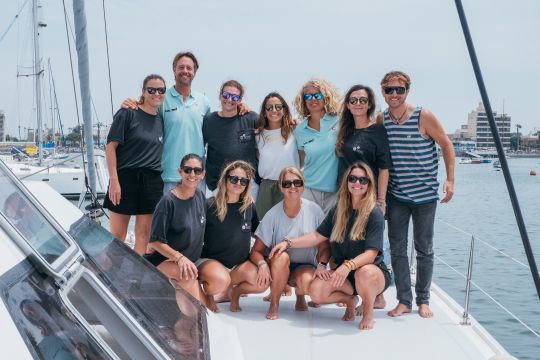
Such a crossing can only be done with the logistical support of an accompanying boat. The rowers will be followed by a crew of 5 people on a 60 feet catamaran. Skipper, physiotherapist, nurse or camper, each one has his own speciality in this adventure where many things can happen.

One of the difficulties for the accompanying boat will be to maintain a speed equivalent to that of the rowers, which will evolve between 3 and 5 knots depending on the conditions.
Night sailing was also carefully prepared. Each rowing machine is equipped with a PLB beacon, a VHF, and distress rockets. Phosphorescent strips were glued on the board to facilitate its location.
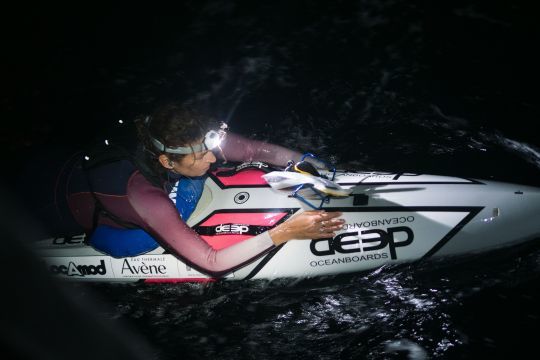
Another problem is also to manage the sea sickness during the night. The lack of visual on the horizon will be compensated by a projector that will bring some light, in order to mitigate the sea sickness.
The other danger comes from the fauna that frequents the sailing area, where many sharks live. A camouflage graphic was applied to the hull of the board and a Shark Shield repellent was installed.
You can follow the progress or participate in this incredible challenge via the link at the bottom of the article.
